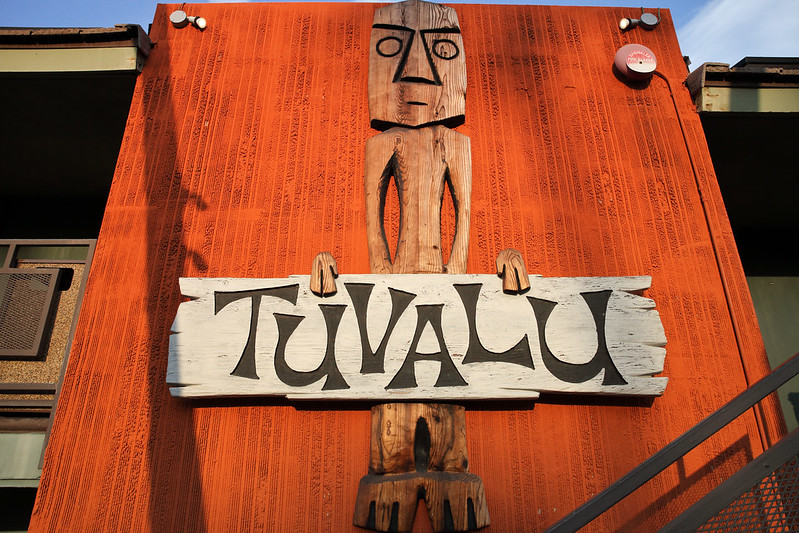Tuvalu: Poverty Caused by Natural Disasters


Infrastructure and Development Initiatives
The National Strategy for Sustainable Development 2021-2030 and the Tuvalu Coastal Adaptation Project (TCAP) have reclaimed land in the capital city of Funafuti, which has helped keep the island from drowning. Engineers are actively monitoring the site and progressing work in other areas, thus improving working conditions, increasing safety and certainty and raising living standards. The reclamation project also includes a drainage system protecting the city from heavy rains. Another enhancement is the harbor facility that ensures continuous access to the Funafuti Lagoon. Additionally, this initiative has created employment opportunities for citizens that are receiving targeted training to enhance their skills and contribute to the domestic economy.
Strengthening Island Resilience
Further protective measures such as constructing Berm Top Barriers shield the outer islands from high waves and saltwater penetration, safeguarding vital agricultural resources and freshwater supplies. This effort safeguards the harvests of taro, breadfruit, pawpaw and bananas in Nanumea and Nanumaga, thereby preventing food scarcity and hunger. It also prevents groundwater contamination, preserving water quality for home use. The 1,330-meter-long barrier will not only block 10-meter-high waves but also address the displacement of more than 300 people from the last cyclone in 2015.
Revitalization and Environmental Restoration
The TCAP plans to revegetate the land with coconut plants and Pandanus tree seedlings, sourced from local suppliers to stimulate economic activity. Beyond these efforts, TCAP collaborates with the NGO Fuligafou to conserve coral reefs and restore fish populations. Coral destruction has led to the migration of fish, impacting the income and protein sources of local communities reliant on fishing. The restoration process incorporates both modern and indigenous coral restoration techniques. In the long term, these efforts aim to revitalize the local fishing industry and provide new opportunities to alleviate poverty.
Looking Ahead
As Tuvalu fortifies its defenses against the harsh realities of the changing climate, its innovative infrastructure projects provide both immediate relief and long-term sustainability. The initiatives in place, from coastal barriers to environmental restoration, promise to enhance resilience and reduce the potential for poverty caused by natural disasters. With ongoing international support and local commitment, Tuvalu is paving the way toward a more secure and prosperous future for its residents.
– Hafsa Dijoo
Hafsa is based in Sharjah, UAE and focuses on Good News for The Borgen Project.
Photo: Flickr
